HR policies play a crucial role in any organization, providing a framework for effective employee management and ensuring a fair and productive workplace. These policies encompass guidelines and procedures that cover various aspects of human resource management, such as recruitment, compensation, leave, performance evaluation, and termination. By implementing and communicating clear and transparent HR policies, companies can foster a culture of trust, fairness, and inclusivity while protecting their legal rights as employers.
Understanding HR Policies and Procedures
HR policies are formal rules and guidelines that businesses establish to manage their employees effectively. These policies are designed to provide a framework for decision-making and ensure consistent treatment of employees. HR procedures, on the other hand, are step-by-step instructions that outline how these policies are to be followed and implemented.
The purpose of HR policies is multifaceted. Firstly, they protect the organization from legal claims by providing a clear set of guidelines that comply with employment laws and regulations. Secondly, they transparently communicate the conditions of employment, employee expectations, and career growth opportunities. Additionally, HR policies help organizations address employee grievances, streamline decision-making processes, and create a safe and healthy working environment.
Key Elements of Effective HR Policies
To write effective HR policies, it is essential to adhere to certain key elements. While the specifics may vary based on the organization’s size, industry, and location, the following elements should be present in all HR policies:
- Policy name: Clearly state the name of the policy for easy reference and identification.
- Effective date: Specify the date when the policy comes into effect, as well as any revisions or updates made.
- Responsibility: Indicate the person or department responsible for updating the policy and addressing any questions or concerns.
- Purpose: Clearly articulate the purpose of the policy and its intended outcomes.
- Definitions: Provide definitions for any specialized terminology used within the policy to ensure clarity and understanding.
- Main policy statement: Present the main policy statement concisely and comprehensively.
- Scope and applicability: Define the scope of the policy and specify who is subject to its guidelines, including any permissible exceptions.
It is important to ensure that HR policies are easily accessible to employees. Publishing them in an employee handbook or a company intranet portal allows for convenient reference and promotes transparency within the organization. Utilizing internal links within the handbook helps organize related policies and facilitates easy navigation for employees.
Essential HR Policies for Your Employee Handbook
While the specific HR policies may vary depending on the organization, there are several policies that are considered essential for most businesses. These policies cover a wide range of areas, including conduct, recruitment, termination, working hours, attendance, performance evaluation, health and safety, expenses, benefits, and leave. Let’s explore each of these policies in more detail:
1. Code of Conduct
A code of conduct outlines the expected behavior and standards of conduct for employees within the organization. It sets guidelines for appropriate behavior and helps create a safe and inclusive work environment. The code of conduct may include policies on dress code, social media use, punctuality, alcohol and drug use, and prevention of harassment and bullying.
2. Recruitment Policy
The recruitment policy defines the procedures and criteria for hiring new employees. It outlines the steps involved in the recruitment process, including job postings, candidate selection, interviews, and onboarding. Additionally, this policy may incorporate an employee referral program if applicable.
3. Termination Policy
The termination policy outlines the process and guidelines for employee termination. It provides clarity on how employees should give notice and states the actions that may lead to termination. This policy helps ensure that terminations are handled fairly and consistently.
4. Working Hours and Overtime Policy
The working hours and overtime policy specifies the standard working hours for employees and any provisions for overtime work. It may outline the flexibility of work hours, break periods, and procedures for clocking in and out. Clear guidelines on how overtime work is handled and compensated should be included.
5. Attendance and Remote Work Policy
The attendance and remote work policy defines the expectations regarding attendance at the workplace and outlines any provisions for remote work. This policy clarifies the requirements for reporting absences, requesting leave, and the procedures for working remotely. It ensures consistency in attendance management.
6. Performance Evaluation and Promotion Policy
The performance evaluation and promotion policy establishes the criteria and process for evaluating employee performance and determining promotions. It transparently communicates how jobs are graded, performance is assessed, and rewards are given. This policy helps motivate employees and ensures fairness in the promotion process.
7. Health and Safety Policy
The health and safety policy outlines the organization’s commitment to providing a safe and healthy work environment. It defines the responsibilities of employees and management in maintaining workplace safety, addresses procedures for reporting and addressing workplace injuries, and ensures compliance with relevant health and safety regulations.
8. Expense Policy
The expense policy provides guidelines on how employees can request reimbursement for business-related expenses. It specifies what expenses are eligible for reimbursement, the maximum amounts allowed, and the procedures for submitting expense claims. This policy helps manage expenses effectively and ensures transparency in reimbursement processes.
9. Benefits and Compensation Policy
The benefits and compensation policy outlines the organization’s compensation structure, including payroll frequency, payment methods, and any additional benefits provided. It may cover medical benefits, wellness programs, bonuses, allowances, and other forms of compensation. This policy ensures that employees understand their compensation package and the benefits they are entitled to.
10. Leave Policy
The leave policy defines the types of leave available to employees, such as vacation, sick leave, maternity and paternity leave, and company-recognized holidays. It outlines the procedures for requesting leave, the notice required, and any specific policies related to each type of leave. This policy helps employees understand their entitlements and facilitates effective leave management.
Evolving HR Policies: Addressing Modern Workplace Trends
As workplaces evolve and adapt to new trends, HR policies need to keep pace with these changes. Here are six trending HR policies that organizations should consider incorporating into their employee handbooks:
1. Social Media Policy
In the age of social media, organizations should develop policies that address the use of social media by employees. These policies can help protect the company’s reputation and outline guidelines for appropriate social media behavior. Organizations may need separate policies for company accounts and employees’ personal social media profiles.
2. Remote Work Policy
With the increasing popularity of remote work, organizations should establish policies that define eligibility for remote work, expectations for remote employees, and guidelines for monitoring their work. This policy ensures clarity and consistency in remote work arrangements.
3. Weapons in the Workplace Policy
To address workplace violence concerns, organizations should have policies in place that clearly state their stance on weapons in the workplace. These policies define what items are considered weapons, prohibit certain behaviors, and outline the disciplinary measures for policy violations.
4. Updated Confidentiality Policy
As organizations handle sensitive information, it is crucial to have an updated confidentiality policy that clearly identifies what information is considered confidential and the measures taken to protect it. This policy ensures that employees understand their responsibilities regarding the handling of confidential information.
5. Drug and Alcohol Policy
With evolving laws surrounding the legalization of marijuana and changing attitudes towards substance use, organizations should establish policies that address drug and alcohol use in the workplace. These policies should align with local, state, and federal laws and outline the organization’s stance on substance use.
6. Bring Your Own Device (BYOD) Policy
As employees use personal devices for work purposes, organizations need to implement policies that address privacy and security concerns related to the use of personal devices. These policies should include guidelines for safeguarding company information and any necessary monitoring measures.
By incorporating these trending HR policies, organizations can adapt to the changing dynamics of the modern workplace and effectively address emerging challenges.
Supporting HR Policies with HR Software
To streamline the implementation and monitoring of HR policies, organizations can leverage HR software solutions. HR software provides an efficient and centralized platform for managing employee records, automating processes, and ensuring compliance with HR policies.
For example, an HR management system (HRMS) can store and organize HR policies and procedures, making them easily accessible to employees, managers, and the HR team. Additionally, HR software can automate functions such as time-off management, scheduling, and expense reimbursement, enabling smoother operations and reducing administrative burdens.
Implementing HR software not only helps organizations store and manage HR policies effectively but also enhances overall workforce management and employee engagement.
Conclusion
HR policies are essential for creating a fair, transparent, and productive workplace. By establishing clear guidelines and procedures, organizations can ensure consistency, compliance with legal requirements, and a positive employee experience. HR policies cover various aspects of human resource management, including recruitment, conduct, termination, compensation, and leave. It is crucial to regularly review and update these policies to align with changing workplace trends and legal requirements.
By effectively communicating HR policies and supporting them with HR software solutions, organizations can foster a culture of trust, fairness, and inclusivity while ensuring efficient HR management processes. Implementing and maintaining robust HR policies is a key step towards creating a thriving and successful organization.
[/et_pb_text][/et_pb_column][/et_pb_row][/et_pb_section]

